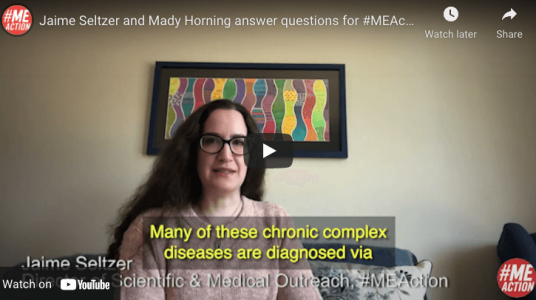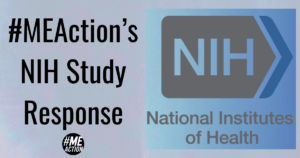The Director of Scientific & Medical Outreach at #MEAction, Jaime Seltzer, has partnered with Physician Scientist and Associate Professor of Epidemiology at Columbia University Mailman School of Public Health, Dr. Mady Hornig, to conduct a massive survey aimed at providing clinicians and researchers with key data that could assist in generating better care for and quicker diagnoses of ME/CFS and other similar chronic diseases.
The survey, which launched during #MillionsMissing, has been a long time in the making and came with the assistance of many other medical professionals, organizations, scientists, and researchers. I had the opportunity to interview Seltzer and Dr. Hornig about the survey and what people who are interested in taking it can expect.
Watch Jaime Seltzer and Dr. Mady Hornig’s full interview here:
Why is a survey like this necessary?
Jaime: Many of these chronic complex diseases are diagnosed via symptom picture, and many people with one chronic complex disease end up being diagnosed with several. The result of that is that we don’t fully understand the overlap between these different diseases and disorders. There are symptoms that are widely experienced by people with these diseases, but that don’t show up in any existing diagnostic criteria in use today. We hope not only to learn more about these diseases and maybe get some hints as to what causes them, but also to identify those aspects of the disease that are well understood by patients, but not as well understood by the clinicians who see them and by the researchers who want to learn more.
Dr. Hornig: It’s a critically understudied area that one would not expect to be understudied. At first glance, it’s a disorder that affects so many people, but has a hidden disability. It’s always been a very hard issue with ME, because the disease requires symptoms to have been present for 6 months or more, and it has often taken up to 10 years or more for people to actually get a diagnosis. From the beginning of my time in research, I’ve been a very strong proponent of the adage “Nothing about us without us.” We’ve learned so much from the patient experience.
What makes this survey unique?
Jaime: There are a lot of basic things that we haven’t accomplished yet, and one of those things is correctly identifying the symptomatology. Many of these diseases share symptoms that clinicians consider very general, but there are actually some truly unique symptoms in each of these diseases that might help diagnoses happen faster and that might elucidate biological mechanisms.
One of the other gaps that I see is that people of color, Black and brown people, have really not been characterized in this disease, and while their symptom experience may be identical, we don’t actually know. Studies show that Black people are just as likely to have ME as white people, but they’re far less likely to be diagnosed. We hope to be able to gather information that has never been gathered before in these populations.
Dr. Hornig: It’s a disorder worthy of medical attention, and that alone is gold for this field. It has been a very long and continued uphill slog to get this disorder to be recognized as a disease. I’m hopeful that this [survey] will continue the process. It’s been very encouraging to see so much more attention and a lot of joint efforts for advocacy, but we still need to educate doctors. We’re going to need to have a database that will help to show the evidence. There will still be a lot of work to do from there, but I think that this could be very useful.
Who does this help?
Jaime: A lot of different groups of people stand to benefit from this survey. First of all, people with ME, people with hEDS, people with POTS, and people with MCAS, but it goes beyond that. There are a lot of clinicians who would love to be able to help us, diagnose us more quickly, figure out what’s wrong, and distinguish these diseases from each other in clinic. There have not been a lot of comparative studies on these different chronic complex diseases. This can also help researchers because if this data is made available, we can separate out symptom clusters that can then be researched. You might have a group that has IBS with their ME, for example. In a similar way, identifying symptom clusters can help clinicians figure out how to treat this disease. There’s no cure for ME yet, but by identifying symptoms and identifying which symptoms cluster together, we may be giving medical providers cues as to how to mitigate symptoms.
Dr. Hornig: The ME community deserves to have some answers that will help to gain a stronger foothold in the medical world.
How do people take this survey?
Jaime: One of the serious challenges in a long survey is ensuring that people complete it. We have to gather 2,200 sets of responses, so one of the things that we’ve done to make it more fun is to separate the survey into six sections and to create a gamified platform. For people who are just there to give their data, you can take the survey without engaging with this [gamified] platform, but for people who would enjoy something like this, the theme of the survey is The Chronic Illness Survey Adventure. All of the art for the landing page is in the style of the 1980s era Sierra Adventure games. We wanted to make the landing page fun and intriguing, and we wanted to have something that people would instantly recognize as being part of our survey.
How long will it take to complete the survey, and how long will you be conducting it?Jaime: We have put it through a process where we believe that people will mostly be able to work through [it] at their own pace. The survey is going to stay open for a full year, so that should give everybody enough time to complete the questions even if they have a really bad crash once in a while. We want to make this as easy as possible for everyone while still collecting a lot of data that’s never been collected before.
Which diagnostic criteria did you use
Jaime: We used multiple diagnostic criteria including questions from Ramsey, ICC, CCC, Fukuda, and IOM.
What is the ultimate goal of the survey
Jaime: One of the things that we hope to do is to compare symptoms in Long COVID and symptoms in ME in order to determine which percentage of people with Long COVID meet the diagnostic criteria for ME/CFS, at least on paper. Some of our patients are going to have validated diagnoses. By working with our clinicians, we’re going to be able to assign a specific code to patients who have an expert clinician-verified diagnosis, so we’ll be sure that they have the diagnoses that they report. This won’t be true for all of our participants, but it will give us a core of people with a verified diagnosis. We also hope to identify symptom clusters or phenotypes and see if clustering individuals that way makes it easier to determine treatment targets. We can also find out which symptoms are associated with one another and that has the [possibility of pointing out] potential mechanisms. We’re not just looking for which symptoms are the most common in each chronic complex disease, but which symptoms are the most unique for each chronic complex disease. By identifying these symptoms, we can carry this message to clinicians that when they hear this particular symptom, it’s time to start thinking of ME, or hEDS, or POTS, or MCAS, or Long COVID.
Dr. Hornig: The ultimate goal is to gather clues [regarding] the nature of this disease and to identify whether there appear to be different pathophysiologic and pathological pathways that might suggest to be leading to disease in the different clusters or subtypes that I am confident we’re going to identify. This is like an anchor that allows us to really look around at that diversity pool in a more granular way.
Take the survey here: https://www.meaction.net/epi/







1 thought on “#MEAction Launches a SURVEY for People with ME/CFS and Other Chronic Diseases”
Where can I take part?
Comments are closed.